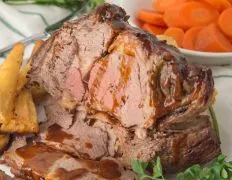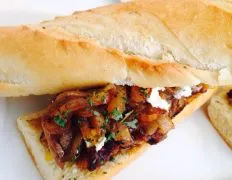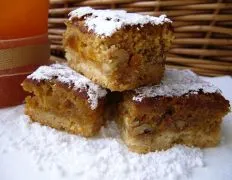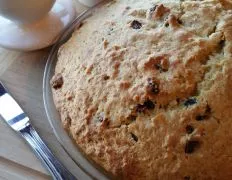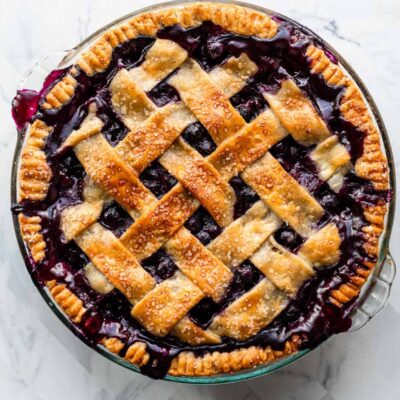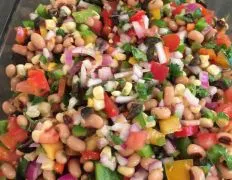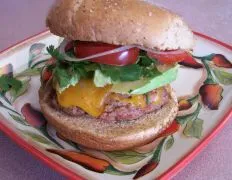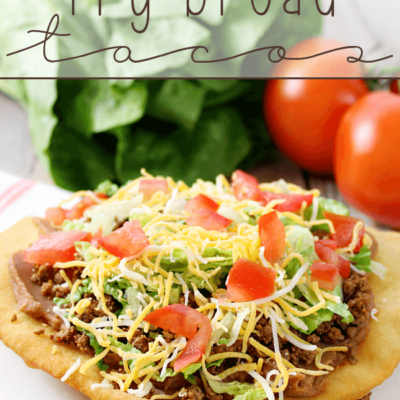Ingredients
-
3 - 4
-
8
-
-
1/2
-
1/2
-
2
-
-
-
-
-
-
-
-
-
Directions
Kittencal’s Perfect Prime Rib Roast Beef,NOTE…THE INTERNAL TEMPERATURE NOT THE TIME IS YOUR BEST GUARANTEE FOR DONENESS so for a perfectly cooked prime rib roast invest in a meat thermometer and you will never go wrong with this recipe! — if desired you may omit the au jus and just serve the roast, I prefer to make the au jus especially if I am serving this at a holiday table — use nothing else but only fresh garlic, a little salt and lots of fresh ground black pepper for this or you could use 1 teaspoon garlic salt, using any other spices will take away the flavor, nothing else is needed — cooking on very high heat then reducing the temperature will seal in all the meat juices to produce the most tender and flavorful prime rib, this actually is the method that a lot of the higher end restaurants use to make there prime rib and is the method I always use when I make prime rib roast at my home — the cooking time stated on the recipe is for a 3-4 pound prime rib, you can use this method for a larger prime rib and increase the cooking time please see bottom of directions — for a perfectly cooked prime rib roast a meat thermometer inserted in the roast should read about 140 degrees for medium-rare doneness, it is advised not to cook prime rib more that medium-rare —– using more that the specified amount of salt will draw out the juices from the roast, you could add a little more but it is best to salt the meat after it is cooked, using a minimum amount of salt will insure a juicy tender prime rib roast, 1 teaspoon or less of salt will be fine, remember to remove your roast from the fridge about 2 hours before cooking — also see my recipe#146196 this is a must served with prime rib!,I try it for this Xmas. My family very enjoy this Food.,I have 2 10 lb roasts. How would I do them together? Cook based on 10 or 20 lbs?
Discover ground-breaking new supplements! SHOP & SAVE
Steps
|
1
Done
|
Using a Knife, Poke Small Holes All Over Uncooked Roast, and Insert a Half of a Clove of Fresh Garlic in the Hole (as Many Holes and as Much Garlic as Desired). |
|
2
Done
|
Cover Roast, and Refrigerate Overnight. |
|
3
Done
|
the Next Day, Remove the Roast from Fridge and Uncover; Let Sit Out at Room Temperature For About 2 to 2-1/2 Hours (this Is an Important Step to Relax the Meat Fibers, It Will Make For a More Tender Juicy Roast, the Length of Counter-Time Will Depend on the Size of Your Roast). |
|
4
Done
|
Set Oven to 450f and Allow the Oven to Preheat For a Minimum of 15 Minutes. |
|
5
Done
|
Season the Roast With Only a Small Amount of Salt but Lots of Fresh Ground Black Pepper Pepper (that's All Nothing Else but a Little Salt and Fresh Ground Black Pepper, Using Any Other Spices Will Take Away the Flavor from the Prime Rib!). |
|
6
Done
|
Place the Roast Fat-Side Up on a Rack in a Shallow-Sided Pan, Then Insert a Meat Thermometer in the Middle of the Roast but not Touching Any Rib Bones. |
|
7
Done
|
Roast Uncovered at 450f For 20 Minutes (a Few More Minutes Won't Hurt at 450f). |
|
8
Done
|
After 20 Minutes of High Heat Cooking Reduce Heat to 350f and Continue to Roast For 1 Hour to 1 Hour and 15 Minutes or Until the Meat Thermometer Reads 130f For Rare Doneness or 140f For Medium-Rare Doneness, That Is the Way a Prime Rib Really Should Be Served, Check Your Roast After 1 Hour Cooking Time. |
|
9
Done
|
*note* It Is Strongly Advised to Remove the Roast Slightly Before Desired Degree of Doneness Is Achieved as the Roast Will Continue to Rise in Temperature Several Degrees After Removing from the Oven. |
|
10
Done
|
Remove Meat to a Carving Board. |

